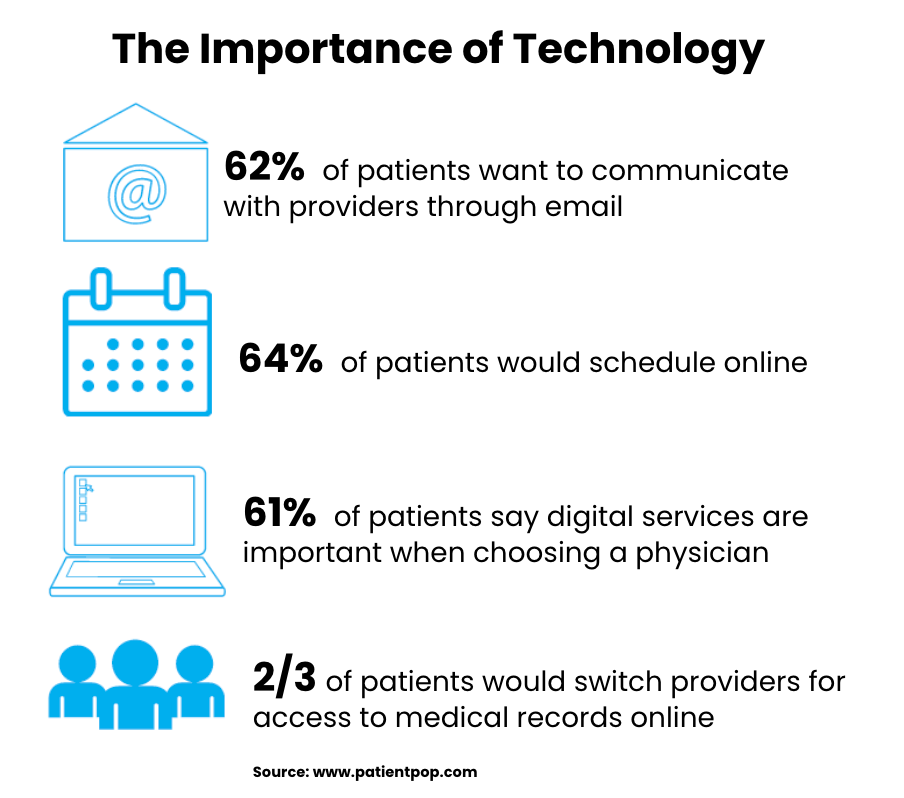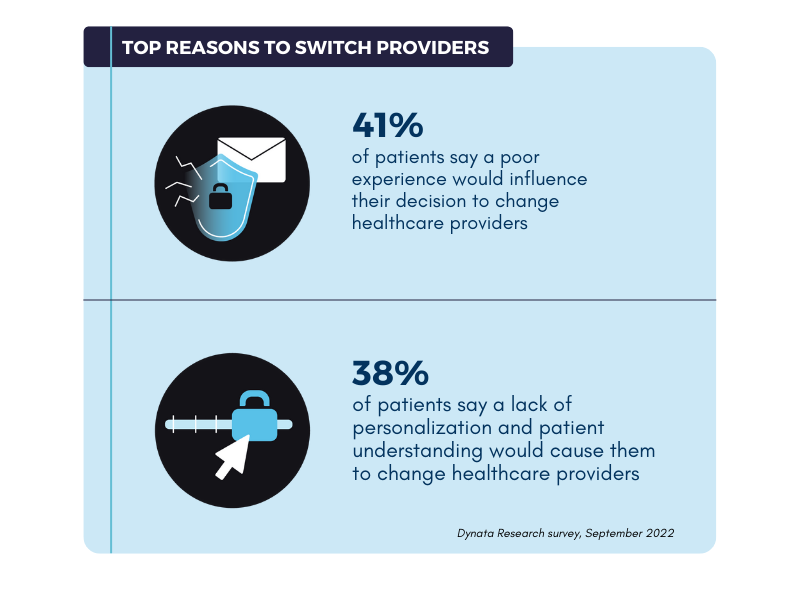Identity-Driven Engagement: The Next Generation of Patient Engagement
Wednesday, April 26th, 2023A new tech buzzword has come to the healthcare industry: identity-driven engagement. This article explains what precisely identity-driven engagement is and how it applies to the healthcare industry’s patient engagement goals.
What is Identity-Driven Engagement?
Identity-driven engagement is not a new concept. It has been used outside the healthcare industry for many years to describe how marketers personalize consumer experiences to build community and achieve better results. It relies on using customer or patient data to create relevant communications that speak to individuals where they are in their journeys.
Successful identity-driven marketing efforts require accurate and up-to-date data sources, as consumer needs and preferences can rapidly change. In some ways, the healthcare industry is at an advantage compared to retail and other B2C companies because of the data they have about their patients. However, electronic health records only tell part of the story. In order to execute patient engagement efforts, a customer data platform (CDP) or customer relationship management (CRM) system is often required to capture behavior occurring outside of the medical practice. Signals from other digital channels like social media activity, your website, and digital advertising can provide helpful information about what any patient wants at any particular moment.
Using identity-driven engagement techniques allows marketers to incorporate this data to create highly relevant messaging. You can expect better ROI from your marketing efforts by demonstrating that you know your users and their communities.
How to Incorporate Identity Into Your Patient Engagement Strategy
It can take time to set up the right systems to collect data before rolling out identity-driven engagement on a large scale. It’s best to start small by identifying one community in your patient population that isn’t engaging with your health system as expected.
For example, let’s say that in your community, 15% of people speak Spanish as their primary language. Yet, your patient population only contains 2% of this audience. How can you reach more of these people and educate them about your services? By adopting tenets of identity-driven engagement, you can create better messaging and content that speaks to their unique needs. Of course, using Spanish in these messages is vital. But the content should be more than just translations of the other messages you use for your English-speaking patients. This audience has unique needs regarding health concerns, insurance providers, and technology preferences. It’s up to you to learn about these needs and address them with unique messaging that is consistent across all platforms and locations.
Email and Identity-Driven Engagement
Email can be an excellent way to execute identity-driven engagement because it allows for trigger-based activity, audience segmentation, and personalization at scale.
First, emails can be triggered based on new patient activity to provide relevant and timely information. For example, when a patient visits the scheduling page on the website but exits without making an appointment, you can send them a follow-up email with links to complete the process. Suppose you know that the patient was viewing pages on dermatology. In that case, you can include helpful links to dermatologist profiles, related reviews, and other information that may be relevant as they decide where and when they want to visit.
Another core aspect of identity-driven engagement is audience segmentation. Every patient is unique, and it’s important to group patients with similar characteristics to deliver the most relevant messages. Including male patients in an email regarding breast cancer awareness month and the importance of receiving annual screenings doesn’t make sense. By sending the message only to relevant patients, it improves engagement and builds brand trust.
Furthermore, it’s possible to personalize the messages to improve their relevance without adding additional work. The same appointment scheduling reminder can be customized according to what you know about the patient. Do they prefer to talk to someone? Include the phone number prominently. Have they historically preferred morning time slots? Include a few available dates and times that are similar to their previous appointments. Making minor tweaks to the message contents can improve response rates and help your organization meet its goals.













